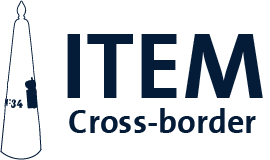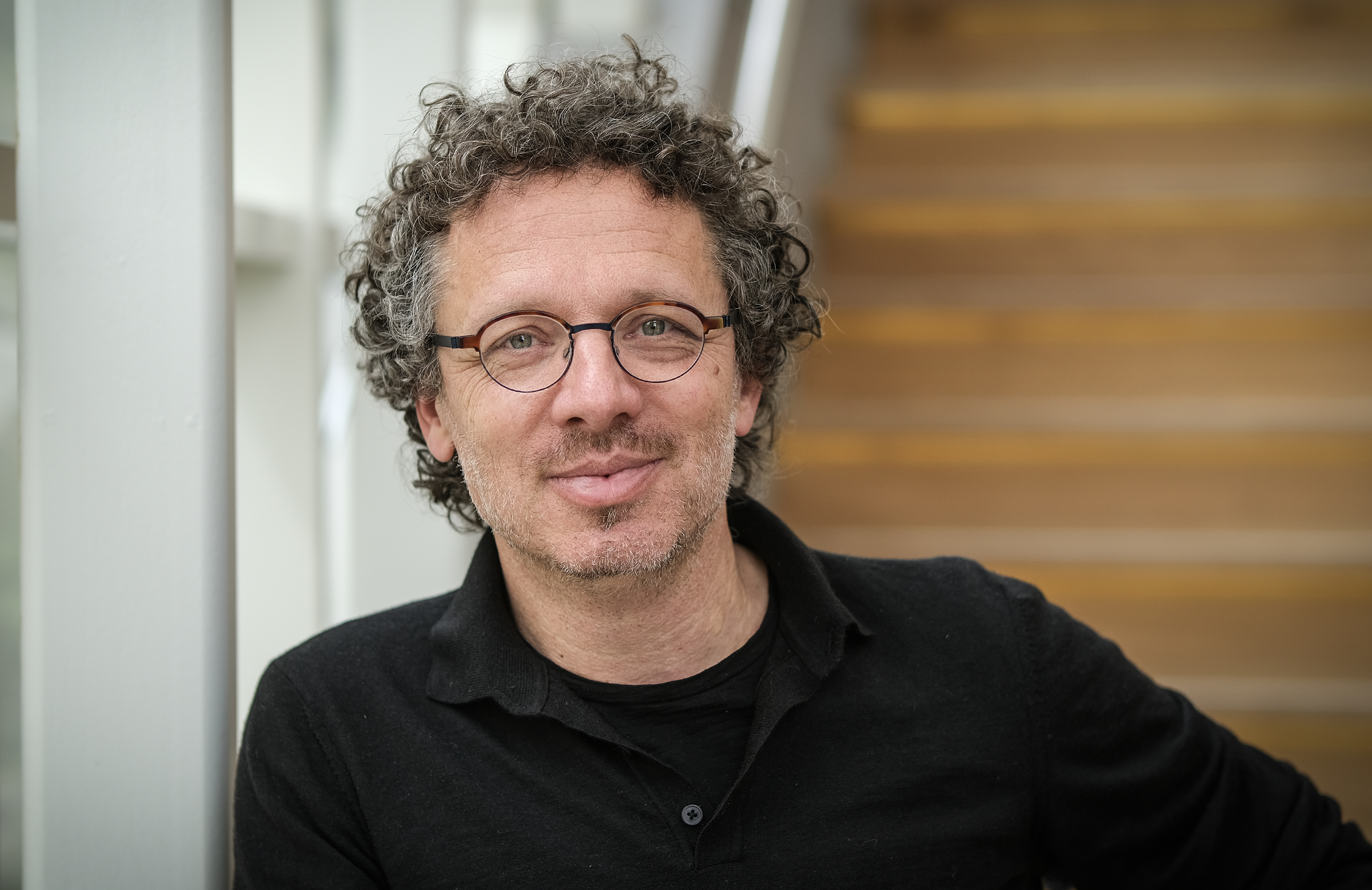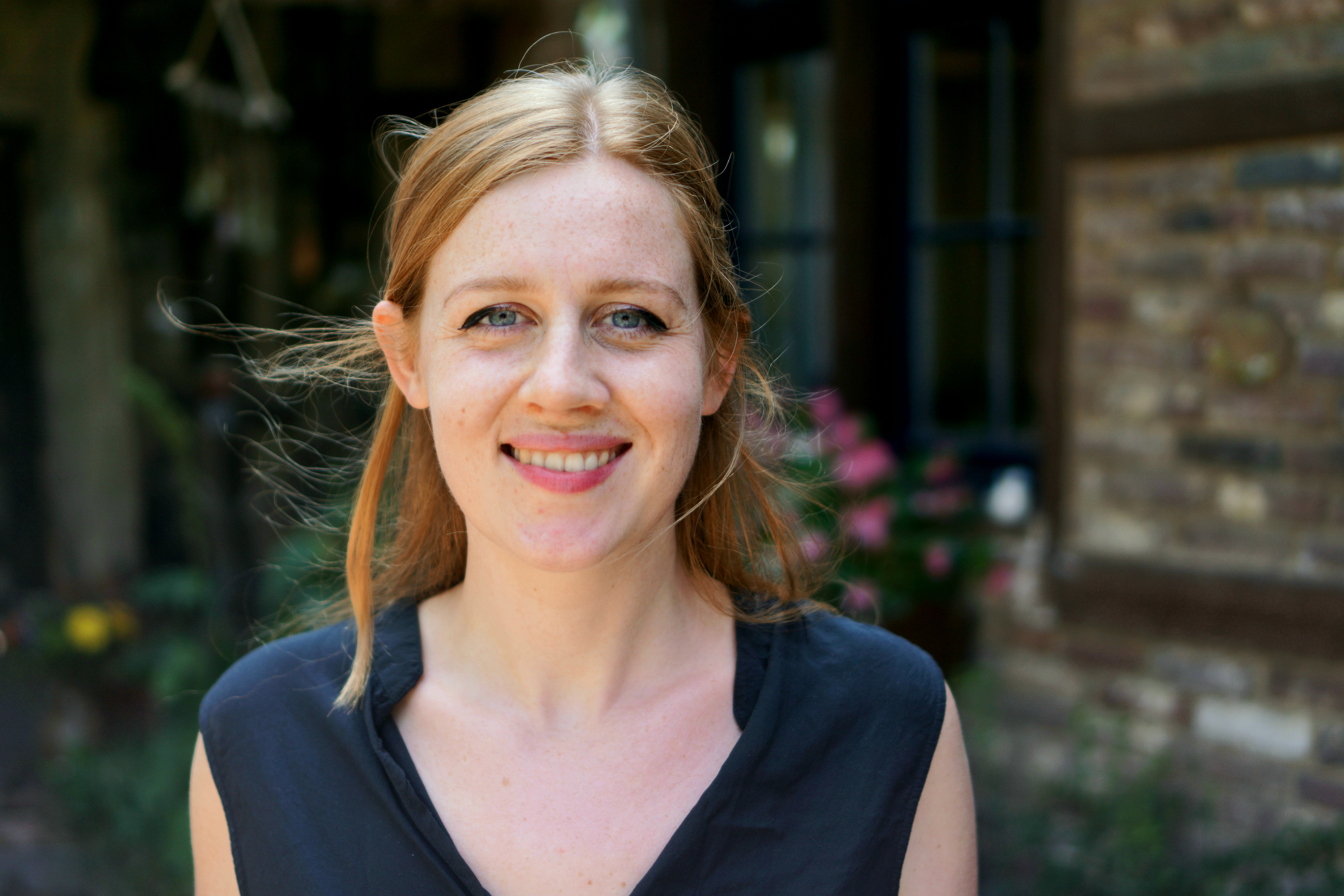Three countries, one big headache and infinite possibilities
EU integration is the dream of a Europe without borders. Belgian and German border territories are an integral part of the daily lives of thousands of people in Maastricht. While there are no more passport controls, differences in legislation still complicate the European dream. Martin Unfried and ITEM research and advocate for people in European cross-border regions.
The Meuse–Rhine Euroregion (EMR) spans three countries, five regions, three languages, four million inhabitants and the cities of Maastricht, Liège, Aachen, Hasselt and Eupen. Sounds complex – and it is. “If you look at research into European integration – no matter from which angle - there’s a bit of a gap when it comes to border regions,” Martin Unfried, senior researcher at UM’s Institute for Transnational and Euregional cross-border cooperation and Mobility (ITEM), explains.
“Initially, the idea was that, with different policy fields being harmonised across Europe, the issues in regions like the Euregion Maas-Rhine would solve themselves as borders become less relevant.” On some levels, that has been the case. “Border territories have benefitted a lot in some ways – e.g. shopping tourism in Maastricht – but in other ways, there are problems and complexity for people.”
In addition to being academically intriguing, the EMR is the lived reality for countless people: workers, entrepreneurs, students, patients, consumers, families, friends and lovers crossing borders on a daily or weekly basis. “There’s a problem of representation: who speaks for the cross-border territories? The Euregio as an organisation has no legislative competence. However, compared to other regions, the cooperation is highly developed because it started already half a century ago, but there hasn’t been a lot of development in recent years with respect to capacities and competences. The organisation is also is a bit stuck because they don’t have a real budget.”
Where legislations rub up against each other
National or regional policies can throw up paradoxes for cross-border regions. Social security, taxation, and health insurance often vary wildly from country to country – here the line on the map matters immensely. “Member states do not want to harmonise in those fields. That is their prerogative but it comes with issues for cross-border workers. For example, the Netherlands has a very sophisticated system for sick leave and reintegration into the workplace, while in Germany or Belgium your family GP just writes you a note. Those three member states also have different formulas for calculating the retirement age.”
The bottom line, for Unfried and his colleagues, is that we have to live with this complexity. To allow the regions and people affected to navigate the situation as well as possible, good research and instruments are needed. “Those issues are a moving target: any new piece of legislation, no matter how well it works nationally, might adversely affect those living in border regions.” A case in point is rules around working from home. “A cross-border worker used to be someone who lived on one side of the border and crossed it every day to go to work. Now, it’s considerably fuzzier: what ‘home office’ means is a matter of definition – there’s no agreement yet and it differs per country.”
Luxembourg has very attractive rules targeting cross-border workers because they need around 200,000 people to come into the country to work every day. That makes rural southern Belgium a lot more attractive to live in but it also creates some problems for that region because these workers pay their taxes in Luxembourg even though they might be working from home a couple of days a week. “To cater to these situations, bilateral tax agreements need to be negotiated for each individual case.” In the case of Germany, that would be nine such agreements. ITEM organises workshops for ministries of the Benelux countries to help them think through the implications of those agreements.

Martin Unfried is a senior researcher at UM’s Institute for Transnational and Euregional cross-border cooperation and Mobility (ITEM). He previously worked in the field of EU environmental, regional and cross-border policies at the European Institute for Public Administration (EIPA).
Multi-layered complexity
“Some issues, like taxes, are dealt with bilaterally but there are others, like social security, where you have basic rules from Brussels. So if you work more than 25% from home, you needed to pay social security contributions – like unemployment or health insurance – in your home country.” In the wake of the pandemic, new European legislation sets the threshold at 50% for cross-border workers. “It gets quite complicated quite quickly because there are different levels: OECD, EU, national, regional and municipal.” The latter two might have different levels of competences across borders.
Cross-border mobility can also cause or amplify inequality. “While in the case of Basel or Lausanne, for example, it’s pretty much one-way traffic because of the stark discrepancy in salaries, in our Euregio, it is relatively balanced, so no one country is suffering at the expense of another.” South Limburg, however, is getting a rather sweet deal. “The ‘krimpregio’ [demographically shrinking region] stops at the border: Aachen is a booming city with a growing university and a thriving economy.”
UM is a very international university, in part because it is a Euregional university. “Amsterdam is far away from here but for people in the Ruhrgebiet or the east of Belgium, studying in Maastricht is a very normal choice – because it’s in English and because it’s close to home.” The UM community is very much built around that geographic anomaly – as is the region’s economy. South Limburg only has around 600,000 inhabitants and an aging population. Belgian Limburg has around a million, the province of Liege more than a million and the Regierungsbezirk Köln 4.5 million inhabitants.
National interests, transnational people
Governments rely on statistics and also those can be problematic around the edges – while the numbers stop at the border, life doesn’t. “The Netherlands’ Brede Welvaart [wellbeing and sustainable development] policy doesn’t take into account cross-border access. According to indicators like distance to institutions such as universities or hospitals, the border town of Vaals would do quite badly because they are quite far from the nearest Dutch hospital – but it’s only a short bike ride from Aachen’s university hospital.”
Unfried makes an important distinction here. Limburg is a border region and the Dutch government does what is good for Limburg – which is not necessarily what is good for the cross-border territory EMR. “Our focus in research and policy recommendation is the latter. We don’t only focus on the Dutch side.” This, along with their intensely practical focus and the impact it has on people’s lives, makes ITEM unique. Making representatives of the Dutch, German and Belgian governments aware of these and other considerations is an integral part of their mission. An important tool here is their annual ITEM Cross-Border Impact Assessment; distilled insights into the effects European and national legislation and policy initiatives on border regions.
One of these issues is public transport. “The connections are worse than they were 30 or 40 years ago. NS Dutch Railways trains stop in Maastricht. Transnational high-speed train connections, like Cologne-Brussels-Paris or Amsterdam-Berlin are well developed, but the situation in border regions is very different.” Unfried advocates for a Euregional transport strategy and a cross-border institution. “The big decisions are still made in national ministries and national companies.”
Other topics in the Cross-Border Impact Assessment 2023 include supplementary child allowance, concentration of acute care, legalisation of cannabis, and big infrastructure projects such as the Einsteintelescope – always from a cross-border perspective. “We want to contribute to overcoming the clear limitations of national borders and to allow the EMR to take full advantage of the tremendous potential benefits of its unique situation.”
By: Florian Raith

The expertise centre ITEM (Institute for Transnational and Euregional cross-border cooperation and Mobility) operates at the convergence of research, counselling, knowledge exchange and training activities in the domain of cross-border mobility and cooperation. Their annual conference takes place on 17 November 2023.
Also read
-
Drawing blood, inserting an IV, or looking into the ear; even seemingly simple medical procedures can cause anxiety, pain, and stress in children. According to pediatric intensivist Piet Leroy, comfort and trust are just as important as the medical treatment itself. Therefore, he is researching how...
-
Bas van Hooren conducted NUTRIM research on preventing injuries and on the future of personalized sports. He defended his PhD, June 17th.
-
How do people interact with each other on social media and other online platforms? How do they end up in conflict? And most importantly: how can we prevent these discussions from escalating? PhD candidate Maud Oostindie is researching these questions. On top of that, she is the new ‘Face of Science’...


